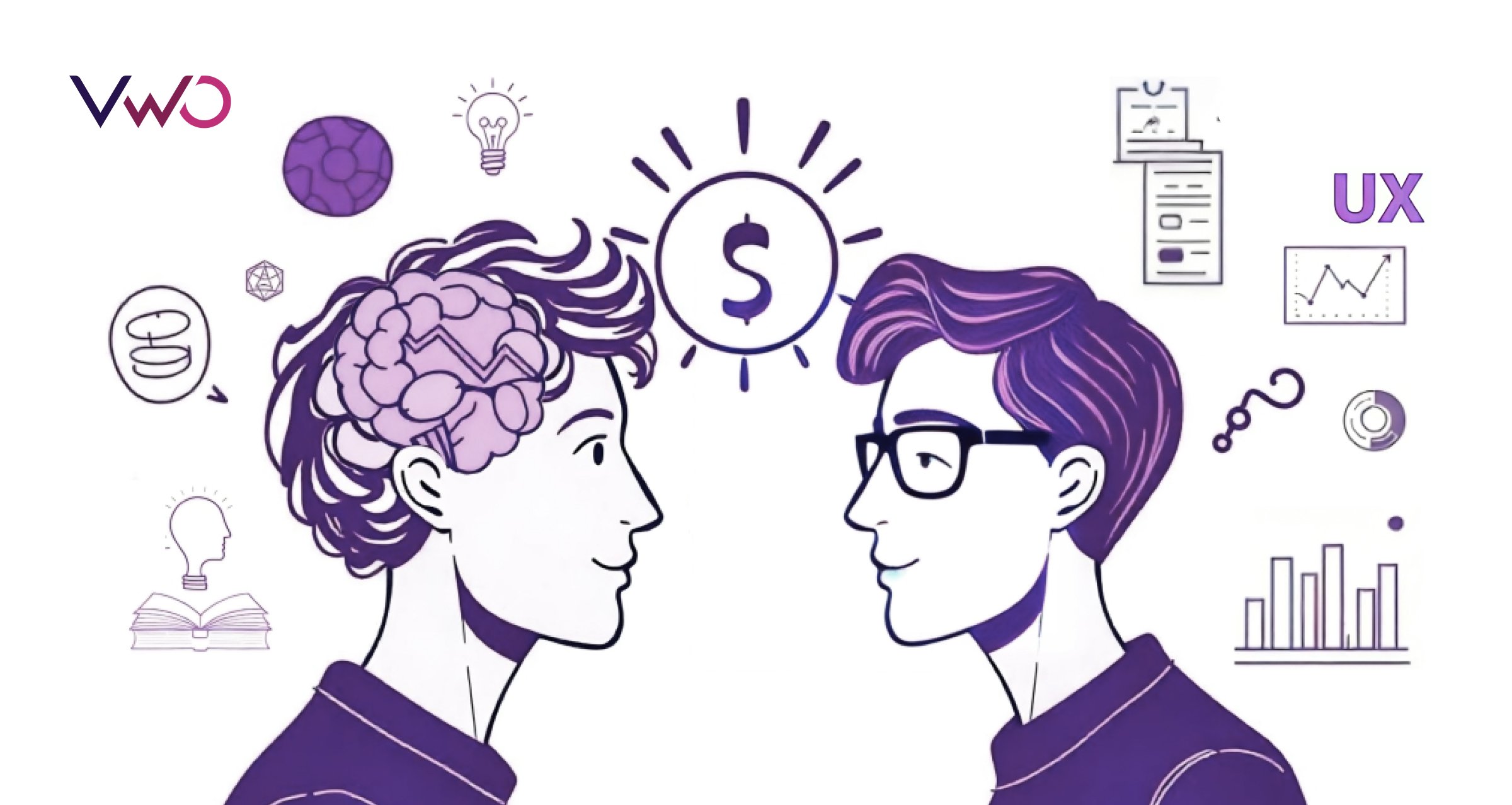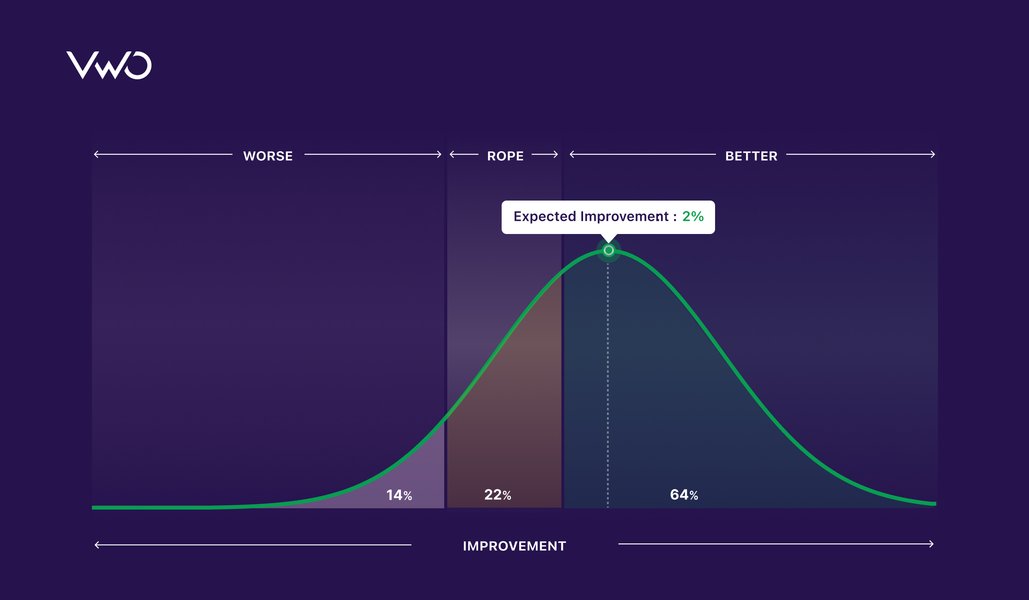What’s truly exciting about reading CRO experts’ opinions is the diversity of perspectives they bring. While there’s room for disagreements or conflicting views, the shared belief in CRO’s effectiveness remains constant. Each expert piece offers a unique angle or a fresh insight, challenging us to think differently and expand our understanding.
In pursuit of this, we bring new expert interviews as part of our CRO Perspectives series. For the 11th edition, we spoke with Shantelle Lai, Optimization Manager at Woolworths Group, and derived more insights for you, our readers, to draw inspiration from.

Leader: Shantelle Lai
Role: Optimization Manager, Woolworths Group
Location: Australia
Speaks about: Optimization • Experimentation • Behavioral Economics • Customer Research
Why should you read this interview?
With a background in Economics from the University of Queensland and a deep interest in behavioral economics, Shantelle excels at identifying revenue gaps and finding ways to close them. Her knowledge of cognitive bias and statistics helps her make smart, consumer-focused decisions for web design and optimization.
Shantelle has also expanded her expertise through studies in digital marketing, human-computer interaction, and UX, all of which have strengthened her ability to connect people with technology. With extensive experience in A/B testing and UX experimentation, she’s passionate about optimizing websites for better conversions.
In this interview, Shantelle shares practical tips from her role as Digital Optimization Lead at Woolworths Group in Australia, offering valuable takeaways for anyone looking to improve their digital optimization strategies.
How Shantelle’s economics background helps in CRO
Economics is a great foundation for CRO, as it involves analytically and empirically questioning, analyzing, and modeling to predict human behavior.
My Bachelor’s in Economics focused heavily on calculus and statistics. Calculus got me into the mindset of opportunity costs, and statistics helped me understand how A/B testing platforms generate data.
I’m in a unique position—while economists usually go into valuation or politics, I’m applying both qualitative and quantitative skills to understand human behavior for CRO. We think in a way that seeks to eliminate assumptions, backed by a statistical foundation.
CRO as a long-term growth strategy
I avoid using “A/B Testing” as a buzzword because most people think of it as just a simple button color change or an easy-to-do task. It should really be called ‘growth optimization’ because CRO insights can be applied to all areas of a business and involve microtesting.
Just like a marketing funnel where you attract customers from brand awareness to conversion, micro-testing can help guide those small steps toward a purchase on the site. CRO doesn’t always tie into revenue; for example, you could target more user sign-ups.
Track key metrics, both standard and custom, to measure conversions, revenue, and other important outcomes across tests on VWO. Set primary and secondary metrics through integrations, then let VWO identify the best-performing variation concerning those metrics based on your primary goal.
Incorporating the customer voice

I utilize cognitive bias in my work, striving to keep my own prejudice at bay. I adopt psychological and economic theories like Hick’s Law to reduce options, Twyman’s Law to identify data anomalies, and Occam’s Razor to ensure proper testing. I also take a UX mindset, making sure all solutions align with Nielsen Norman’s usability principles by default.
Set the expectation from the start that opinions don’t solve problems—understanding your customers does. And to truly understand them, you need data-driven insights at scale.
Experience using VWO
VWO offers great reporting and support features that go beyond standard A/B testing. I was very impressed by the support I received when I started in CRO. They helped me identify development challenges and eventually empowered me to handle things on my own.
The role and impact of AI
I believe AI can assist CRO managers in certain areas, such as identifying dead clicks or processing past tests to offer new iterations. Just like UX, our insights require lateral, abstract thinking—we see what’s between the lines. This skill can’t easily be replicated with ever-changing business requirements and focuses.
CRO isn’t a one-size-fits-all solution, and AI still has a long way to go before it can understand humans the way CRO specialists do.
Experimentation vs. personalization

Personalization is part of experimentation, but I don’t think marketing teams fully see it yet—it seems confined to CRM. If you can identify your existing customers on a site, there’s much to be done here, though it’s easier said than done. Experimentation should come before personalization because we’re still learning about our new customers. The more we learn through experimentation, the more we can personalize.
Experimentation mistakes to avoid
Not listening to your specialists is a big mistake. Even higher-ups can fall into their own biases. Prioritizing what they “like” over evidence is dangerous.
I’m super passionate about data. Many experimenters don’t have the experience to identify when numbers look off, often realizing too late. It’s crucial to set up tests properly and check for discrepancies early. Be skeptical of any numbers.
CRO practitioners must visit the people on the floor. To really understand the business, you need to interact with the people who talk to your customers—call centers and retail salespeople. How can you solve problems if you don’t hear directly from the customers?
Privacy rules: Impact on testing

Most people understand that full privacy can’t be guaranteed—even trusted companies like Medibank have had leaks. So, what’s a visit to a secure HTTPS website going to do? If users reject cookies, A/B platforms need to adjust the traffic split accordingly. Sample sizes will need to increase because there may be a correlation between users who accept cookies and those who convert. You can overcome this correlation by using a larger sample size. This is where the Central Limit Theorem (CLT) comes into play. See how economics has helped CRO?
Adapting CRO to changing customer behaviors
Customers have increasingly high expectations, but this makes it difficult for genuine businesses to offer goods or services when they can’t communicate effectively. Small business owners, in particular, don’t always have the time to learn how CRO can benefit them, so it becomes something they don’t even know they’re missing. To compete in the digital era, businesses need consultations with specialists to understand their challenges and context. From there, we can help them overcome their customer blockers with tailored expertise.
Conclusion
If you liked what Shantelle shared, you can catch more of her insights in her podcast episode with us on CRO Wizards.
And if you’re looking to put her tips into action—whether it’s testing, user research, or personalization—VWO is the all-in-one platform that has it all.
Take a demo or a free trial to see how it can help level up your optimization program.






















